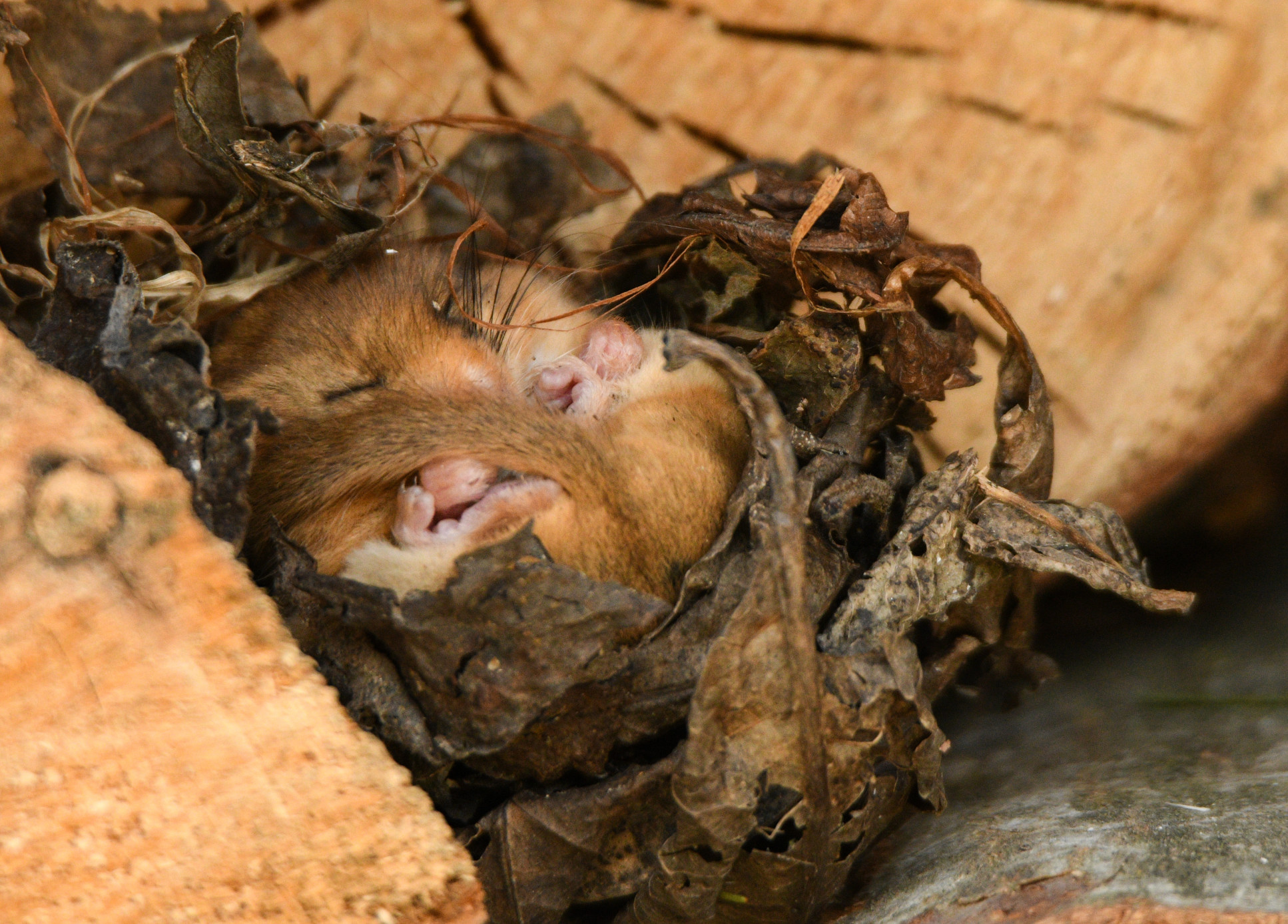

Researchers at Imperial have been developing a novel method of detecting the presence of an elusive species, the hazel dormouse.
The novel method, which involves detecting environmental DNA via ultraviolet light, has promising implications for the future of dormouse conservation.
The hazel dormouse, or Muscardinus avellanarius, is a nocturnal mouse species which spends most of its time in foliage due to its arboreal nature. This species is the only one in its genus and is classified as vulnerable to extinction in the UK, where it is threatened by habitat loss and fragmentation.
Mice and other small mammals are of critical importance to larger ecosystems as they act as seed dispersers for plants and as a source of food for predators, and this means that protecting their population is of vital urgency.
Surveying dormouse populations
Victoria Priestley, a research postgraduate from the Department of Life Sciences at Imperial, along with a team of researchers, has developed a method for surveying dormouse populations. She found that traditional methods for the dormouse surveys were time-consuming and it was difficult to be sure of the rate of false negatives. Alongside these issues, the nature of the dormouse itself made it a difficult target for study.
“In team discussions with Thomson Environmental Consultants about species survey methods and how they could be improved, the dormouse kept coming up. We initially dismissed it for eDNA research as it is arboreal and this meant the typical environmental samples we would collect, such as water and soil, were less appropriate or viable,” Victoria said.
Inspired by a nature documentary depicting the ultraviolet-light-based detection of urine, Victoria devised a method in which existing nest tubes used for sampling could be very easily modified to include a strip of paper. The viability of this method was then tested with dormice at the British Wildlife Centre.
Richard Arnold, the director of ecology at Thomson Environmental Consultants, said, “This is a brilliant piece of research by Victoria; firstly, it is highly novel, since the vast majority of eDNA/DNA research in the field of ecology being focused on taking samples from water or soil, and secondly, it has real impact by potentially cutting down survey times by several months when compared to conventional surveys, with more certain results. A real advance in the methods used to detect the rare hazel dormouse, which will benefit Thomson’s clients significantly.”
The dormice are drawn to these tubes for shelter, which they then enter and spray urine onto the strip of paper. The urine contains environmental DNA, or eDNA, which is genetic material left by an organism as it interacts with its environment. This urine is then able to be detected using an ultraviolet light. The DNA present is then extracted and amplified using a process known as quantitative polymerase chain reaction, or qPCR. Detection of dormouse DNA through this method is significantly faster than those used before, with up to 12-fold increase in detection efficiency shown.
Conservation insights
This increase in detection and survey efficiency has promising implications for the future of dormouse conservation, as the ability to quickly and reliably assess the population within any given area will allow for more effective strategies to be implemented.
This method of swabbing for eDNA may also be able to provide insight into the demographics of a population, such as sizes, sex ratios, reproductive fitness, and individual behaviours. Aside from hazel dormice, the researchers hope that this method could also be expanded to be used with different species which are similarly threatened and provide insights for their conservation.
When asked about her hopes for the future, Victoria said, “We have now tested the method at several sites, including Knepp Castle Estate, for an entire survey season. I hope the results will show how much survey effort is required and teach us more about the hazel dormouse populations there. In the long term it would be good to see how forensic swab surveys can be applied to monitor other priority species.”
'Quick detection of a rare species: Forensic swabs of survey tubes for hazel dormouse Muscardinus avellanarius urine' by Victoria Priestley, Robert Allen Matthew Binstead, Richard Arnold, and Vincent Savolainen.
Article text (excluding photos or graphics) © Imperial College London.
Photos and graphics subject to third party copyright used with permission or © Imperial College London.
Reporter
Jayamurali Balamurugan
Communications Division

Contact details
Email: press.office@imperial.ac.uk
Show all stories by this author



